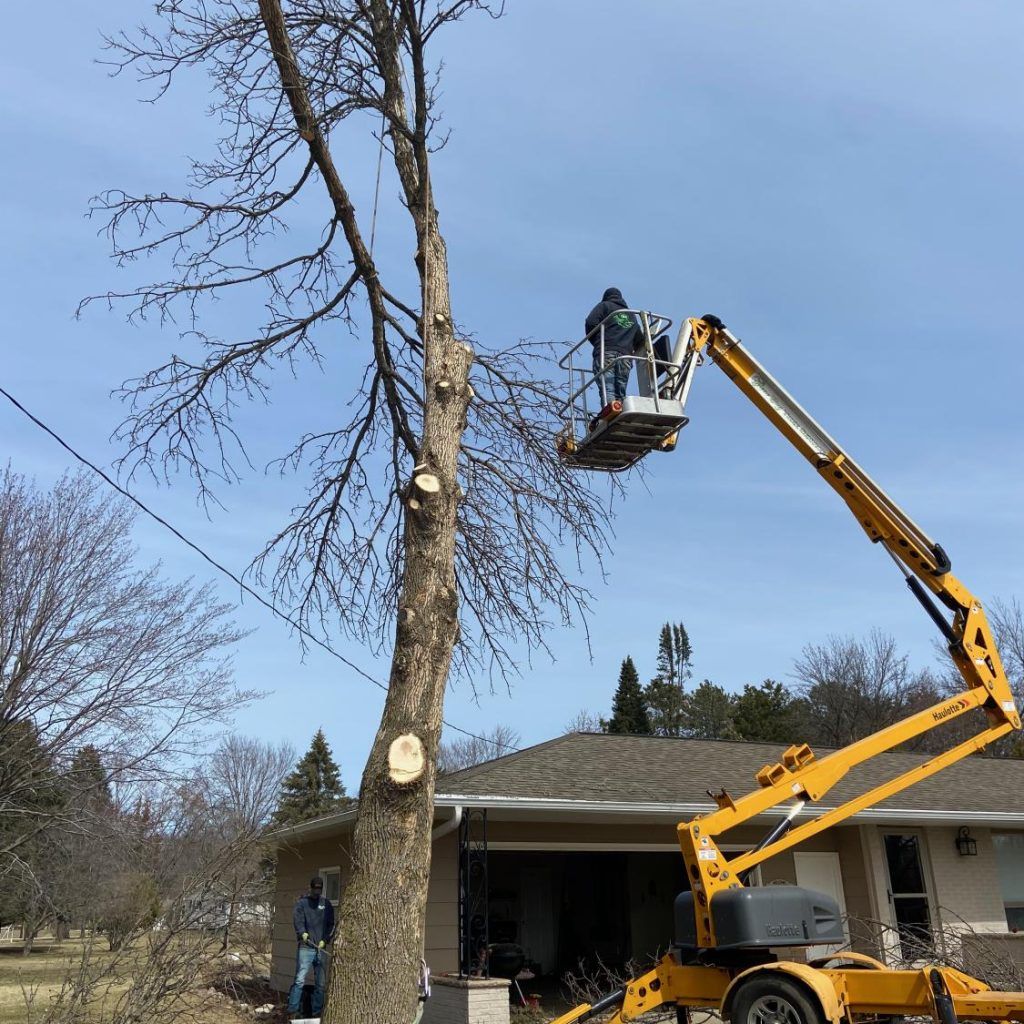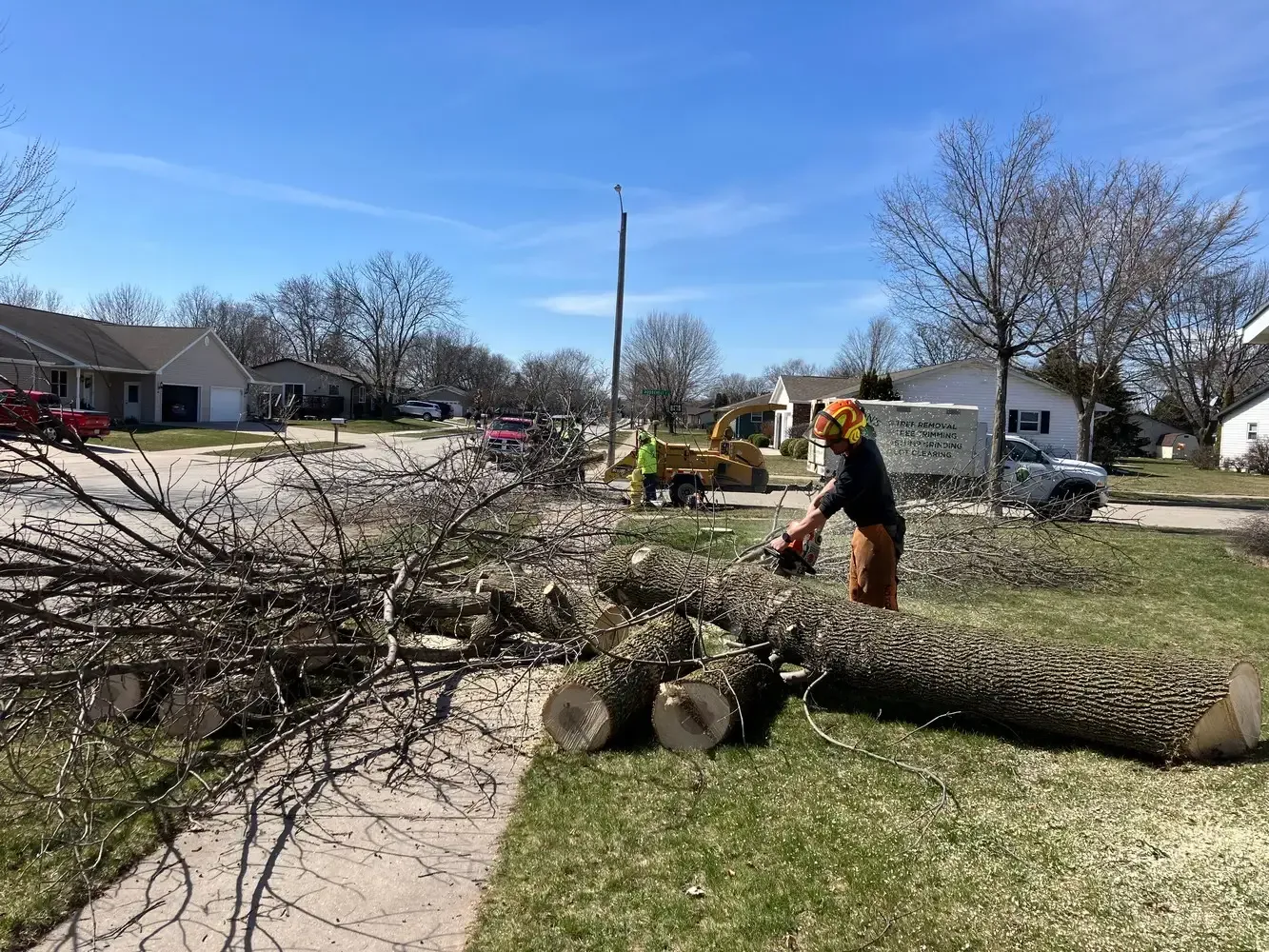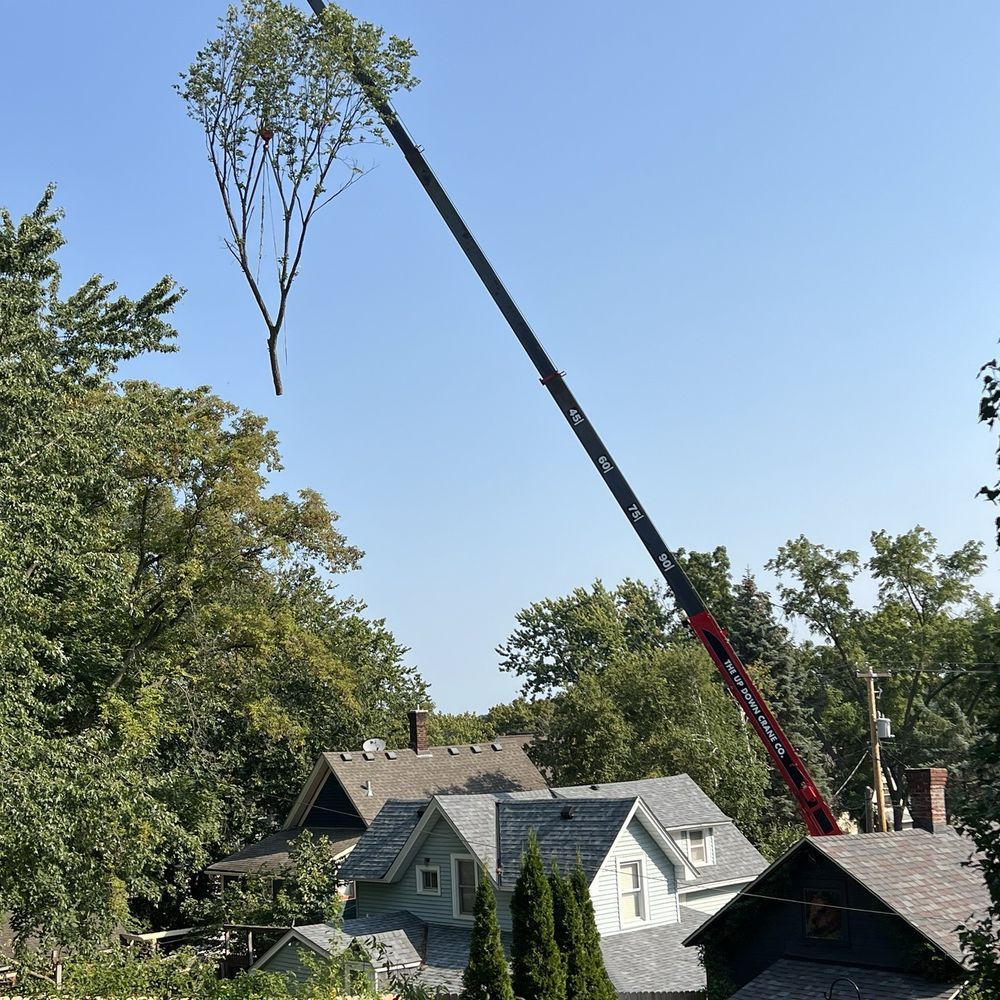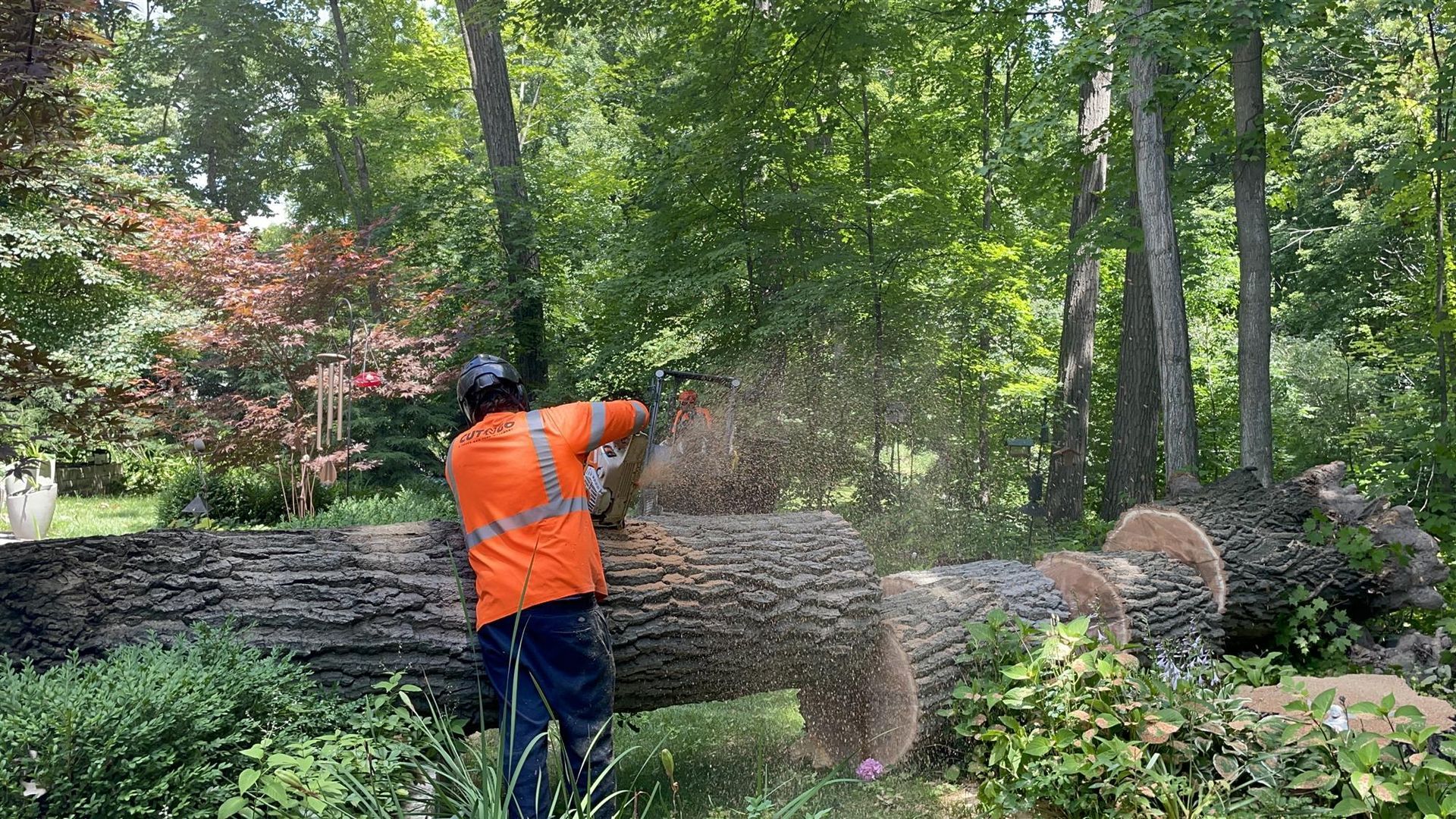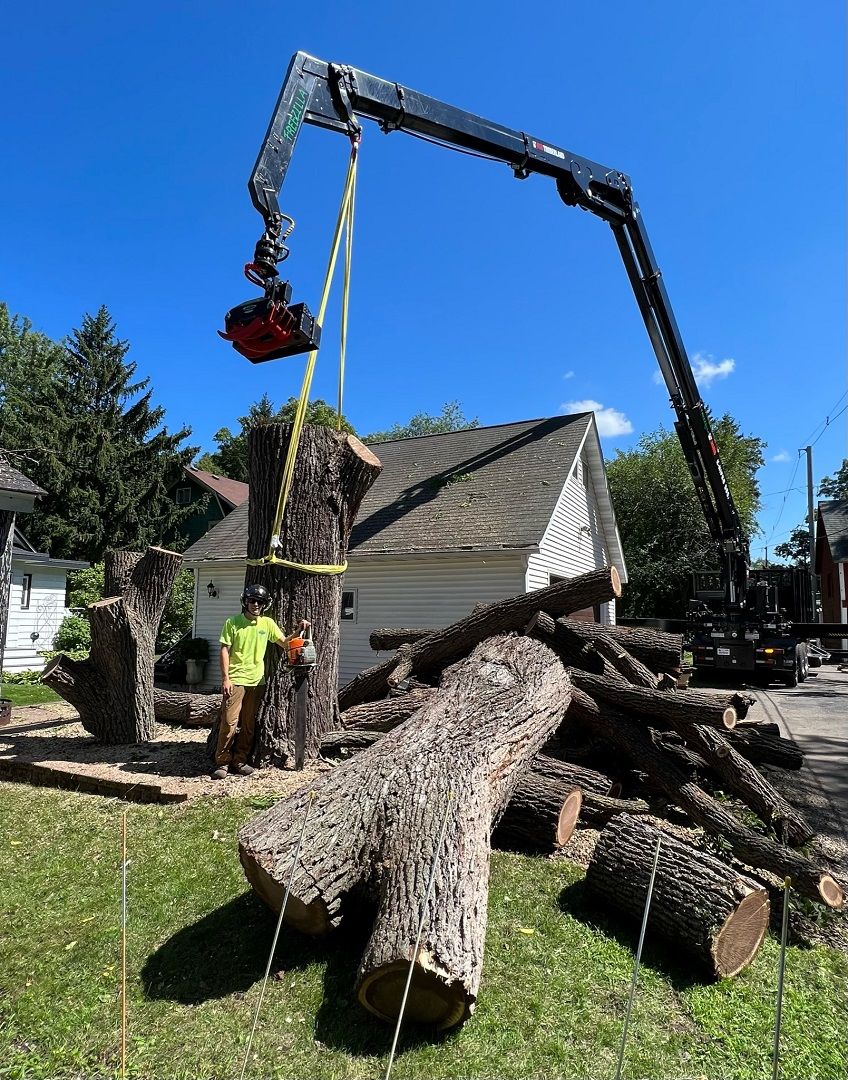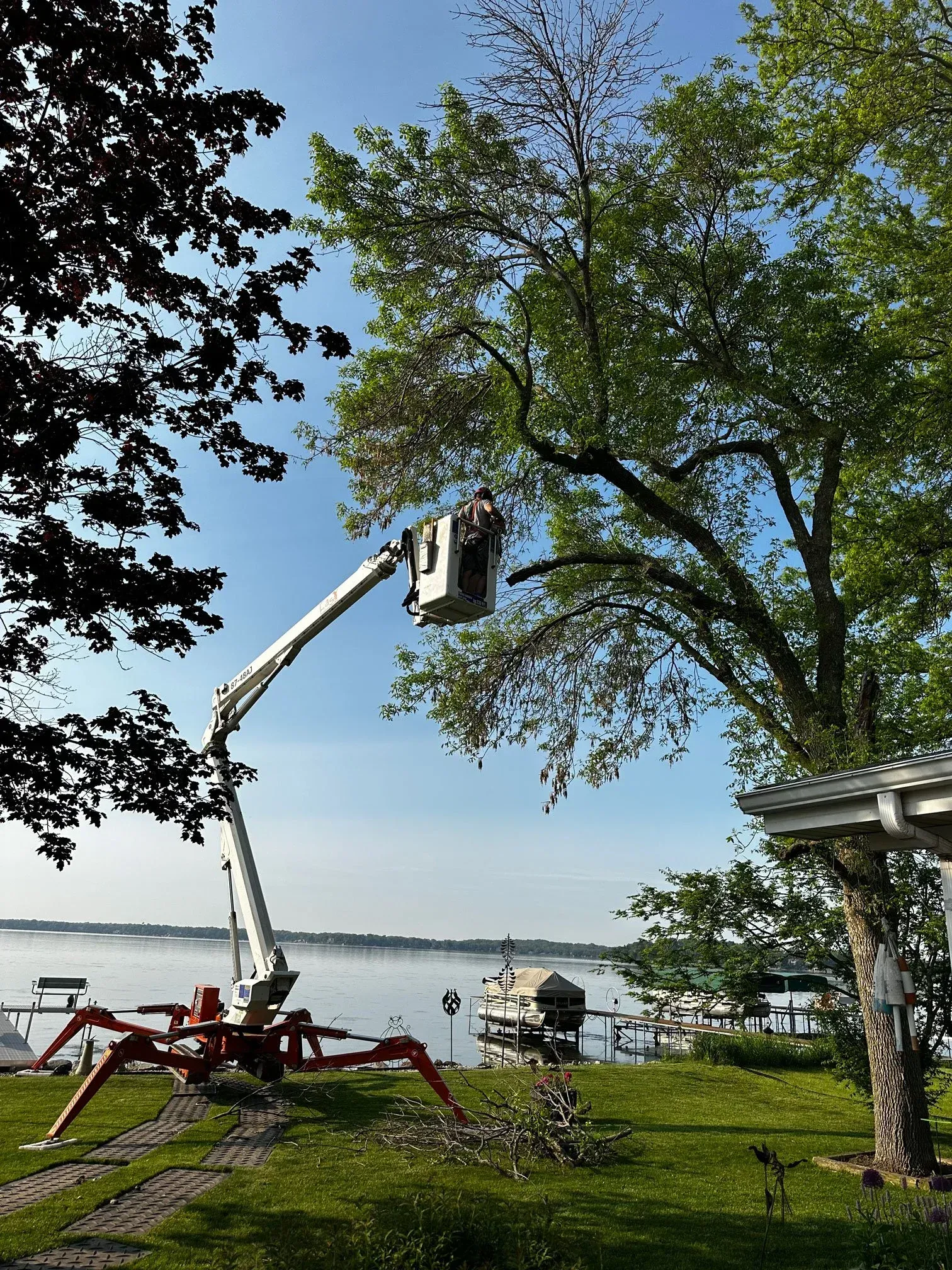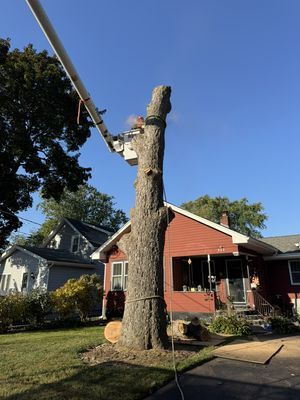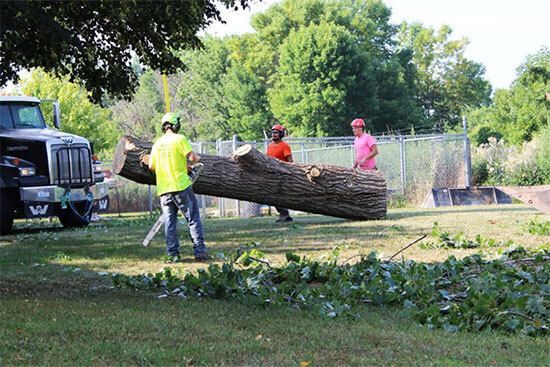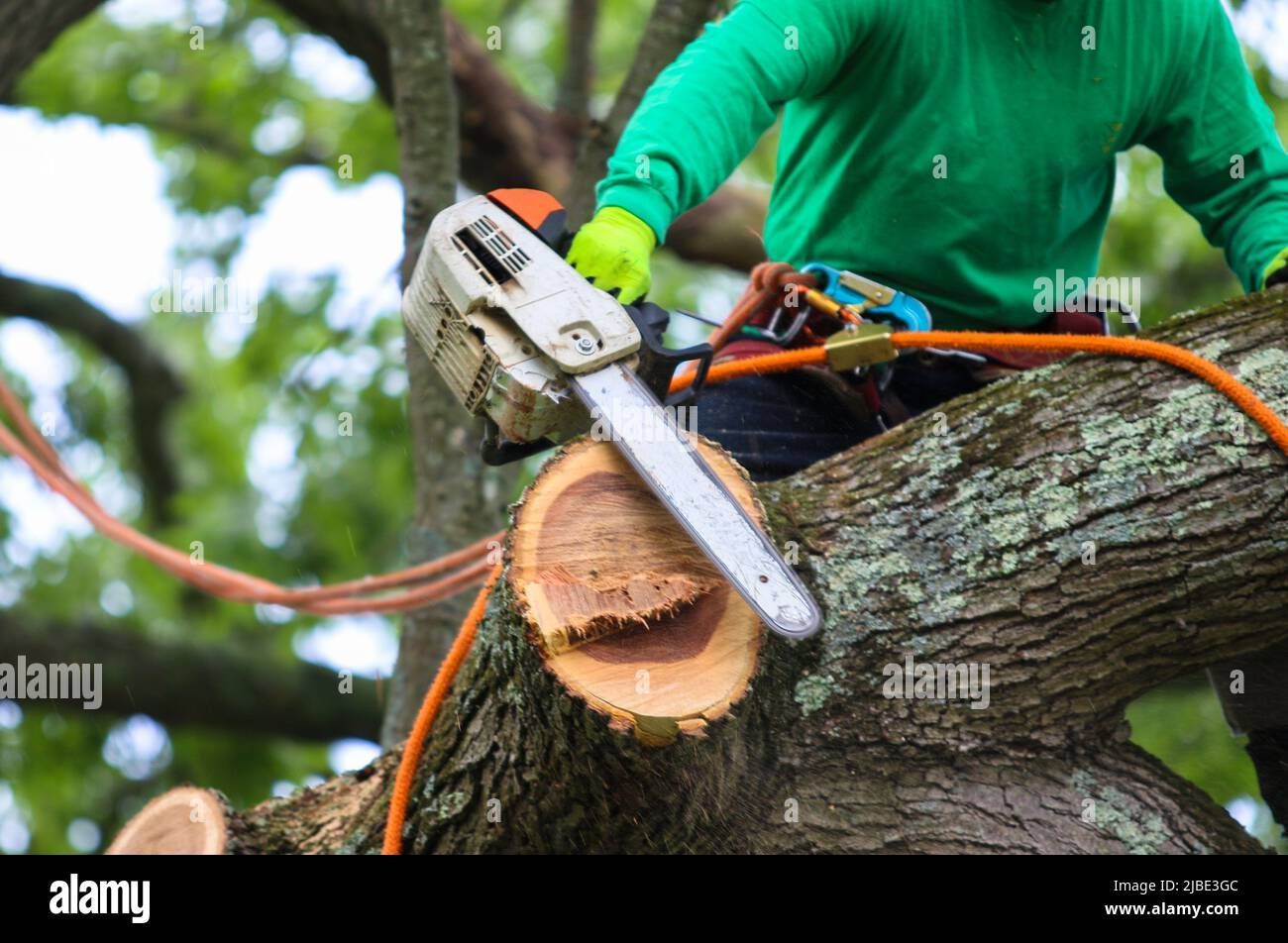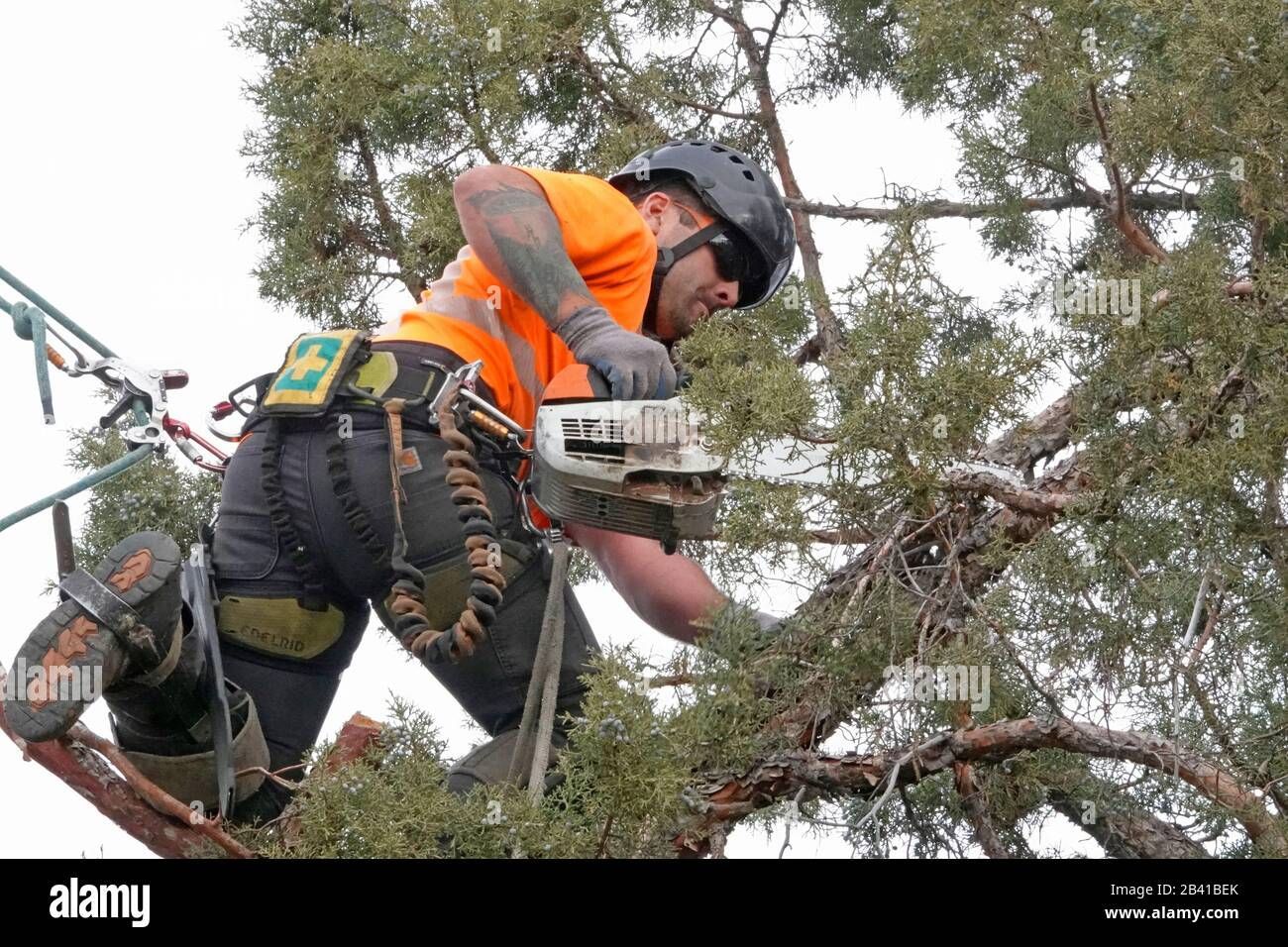How Frank’s Tree Service Keeps Iowa Trees Healthy Year-Round
How Frank’s Tree Service Keeps Iowa Trees Healthy Year-Round
Trees are more than just part of a landscape—they are living investments that provide shade, beauty, cleaner air, and increased property value. In Iowa, where weather patterns can be extreme and unpredictable, maintaining tree health requires ongoing care across all four seasons. From snowy winters to humid summers, each time of year presents unique challenges that affect how trees grow, survive, and thrive.
Frank’s Tree Service has built its reputation on keeping Iowa’s trees strong and healthy year-round. With decades of experience and a team committed to safety and quality, they provide the expertise homeowners need to ensure their trees not only survive but flourish.
This blog explores the seasonal needs of Iowa’s trees and how Frank’s Tree Service helps address them at every stage of the year.
Winter: Protecting Trees from Harsh Cold and Ice
Iowa winters are long, cold, and often unforgiving. Heavy snow, ice buildup, and subzero temperatures can take a toll on even the strongest trees.
Common Winter Threats to Trees
- Ice Damage: Ice accumulation can cause limbs to snap under pressure.
- Frost Cracks: Rapid temperature changes lead to bark splitting.
- Animal Damage: Hungry deer and rodents often feed on bark during food shortages.
How Frank’s Tree Service Helps in Winter
- Pruning During Dormancy: Winter is the best time for pruning many species, as it minimizes stress and helps prevent disease.
- Snow and Ice Management: Crews safely remove broken branches and address hazardous situations caused by ice storms.
- Winter Inspections: Arborists identify weak limbs or structural concerns before they become emergencies.
Spring: Encouraging Healthy Growth
As temperatures rise, Iowa trees awaken from dormancy. This period of rapid growth also makes them vulnerable to pests, fungi, and nutrient deficiencies.
Common Spring Challenges
- Fungal Infections: Conditions like anthracnose thrive in cool, wet weather.
- Insect Activity: Pests such as borers and caterpillars begin emerging.
- Nutrient Demands: Trees require extra energy to fuel new growth.
How Frank’s Tree Service Helps in Spring
- Tree Health Assessments: Certified arborists check soil, root systems, and overall condition.
- Fertilization Programs: Treatments replenish essential nutrients lost during winter.
- Disease Prevention: Targeted sprays and trunk injections protect trees from common fungal diseases.
- Structural Pruning: Early pruning shapes young growth and prevents future issues.
Summer: Guarding Against Heat and Storms
Hot, humid summers bring different challenges. Severe thunderstorms, high winds, and periods of drought are common across Iowa.
Common Summer Challenges
- Storm Damage: High winds cause limb breakage and uprooted trees.
- Drought Stress: Extended heat waves reduce soil moisture and weaken roots.
- Pest Infestations: Japanese beetles and aphids peak during this season.
How Frank’s Tree Service Helps in Summer
- Storm Damage Cleanup: Crews respond quickly to remove dangerous limbs or fallen trees.
- Deep Root Watering: Professional watering methods help trees survive drought conditions.
- Pest Control Services: Treatments reduce damage from invasive species.
- Mulching Services: Proper mulch helps retain soil moisture and regulate temperature.
Fall: Preparing Trees for Dormancy
As the growing season ends, fall becomes the ideal time to prepare trees for the winter ahead.
Common Fall Challenges
- Leaf Drop: Excessive leaf litter can spread disease if not managed.
- Soil Compaction: Frequent autumn rains can compact soil, restricting root growth.
- Hidden Structural Damage: Trees weakened during summer storms may not show obvious signs until later.
How Frank’s Tree Service Helps in Fall
- Nutrient Enrichment: Fertilizers applied in fall strengthen root systems for winter.
- Cabling and Bracing: Structural supports prevent breakage during upcoming storms.
- Tree Removal Services: Dead or diseased trees are safely removed before ice or snow makes them more dangerous.
- Seasonal Cleanups: Crews remove debris and leaves to reduce risks of disease.
The Year-Round Approach
What sets Frank’s Tree Service apart is their commitment to proactive care. Instead of waiting for problems to arise, their team focuses on prevention and regular maintenance. This means fewer emergencies, healthier trees, and long-term cost savings for homeowners.
Their approach includes:
- Routine Inspections: Catching problems before they escalate.
- Preventive Treatments: Stopping pests and diseases before they spread.
- Customized Plans: Tailoring care to specific tree species and landscapes.
- Emergency Response: Always ready when unexpected damage occurs.
Customer Testimony
"We’ve trusted Frank’s Tree Service with our property for over ten years, and our trees have never looked better. They come out every spring to check for pests, prune in the fall, and were there for us during a major storm last summer. Their team is always professional, friendly, and quick to respond. Thanks to their year-round care, we’ve never worried about losing a tree to disease or weather damage. They’re simply the best in the business."
— Linda H., Cedar Rapids
Why Professional Care Matters
While homeowners can handle basic tasks like watering or raking leaves, tree health is complex. Attempting DIY pruning or pest treatments often leads to more harm than good. Professional arborists bring:
- Knowledge of Local Tree Species – Understanding Iowa’s native and ornamental trees.
- Advanced Equipment – From bucket trucks to stump grinders, tools that make jobs safer and more efficient.
- Safety Training – Protecting both workers and homeowners from hazardous situations.
- Long-Term Vision – Considering how current actions affect the tree’s growth years into the future.
Frequently Asked Questions (FAQs)
Q1: How often should my trees be inspected?
Most trees benefit from annual inspections, especially before and after storm season. Some older or vulnerable trees may require more frequent checkups.
Q2: Can a tree be saved if it’s already diseased?
In many cases, yes. Professional treatments such as fungicides, injections, or structural pruning can restore health if caught early enough.
Q3: What’s the best season for pruning?
Winter is often ideal, as many trees are dormant and less susceptible to stress or infection. However, some species benefit from selective pruning during spring or summer.
Q4: How do I know if a tree needs to be removed?
Signs include large areas of dead branches, severe trunk damage, leaning after storms, or advanced disease. An arborist can make the final determination.
Q5: Do mulch and fertilization really make a difference?
Yes. Proper mulching conserves soil moisture and regulates temperature, while fertilization replenishes essential nutrients that trees need to grow strong and resilient.
Q6: What should I do after a storm if a tree looks unstable?
Keep a safe distance and call a professional immediately. Never attempt to cut or climb a storm-damaged tree on your own.
Final Thoughts
Trees are an integral part of Iowa’s landscapes, offering beauty, shade, and value. But they also face unique threats throughout the year, from winter ice to summer storms. Frank’s Tree Service provides the expertise, tools, and year-round commitment necessary to ensure that trees remain healthy, safe, and strong no matter the season.
With a proactive approach, professional care, and a team that truly understands the challenges of Iowa’s climate, Frank’s Tree Service is helping homeowners protect one of their most valuable assets: their trees.

